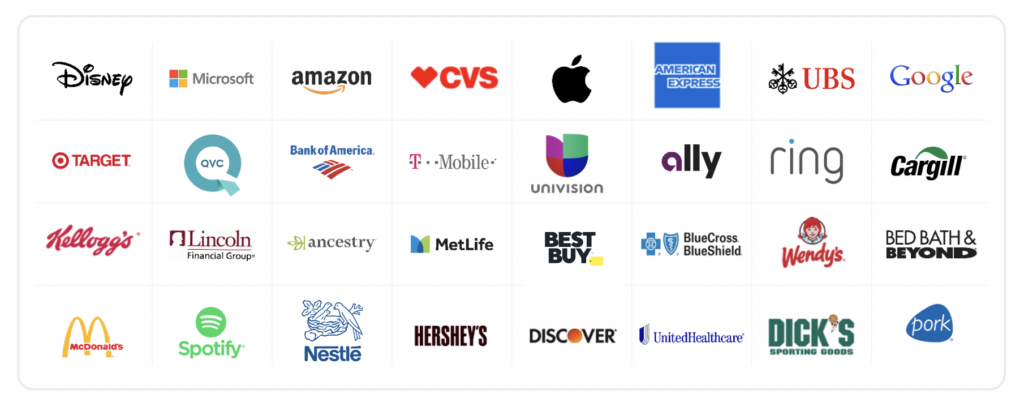What market forces are driving behavioral changes among my target consumer group?
How can I attract them via my media campaigns?
How do I reach consumers differently?
Anyone working on the advertising and media side of business is constantly challenged to answer these questions. Time is of the essence – even armed with high-quality market research from survey panels, consumer preferences can change rapidly. Strategies that perform well today may not tomorrow.
The CivicScience InsightStore helps brands get ahead of the curve, enabling marketing & media professionals to quickly turn insights into consumer-centric strategies that get results. Our rigorous ‘always-on’ platform is constantly tracking thousands of questions and consumer responses across the web to deliver up-to-the-minute consumer insights.
Here are three quick consumer advertising insights from the InsightStore:
Trend 1: Consumers are paying more attention to internet ads.
Where should marketers put their advertising dollars? When asked which types of ads consumers pay the most attention to, Q2 results show that TV ads still take the number one spot (25%). However, a nearly equal percentage say they’re most likely to pay attention to online advertising (23%), up from this time last year. Social media advertising is commanding an increasingly larger share of the general population’s ad attention span as well, climbing two points over the course of a year.
These numbers of course vary by consumer demographics, interests, habits, and even brand affinity. The InsightStore tracks changes in expected spending across categories, from retail and CPG to services and travel. To see how your industry and brand ranks among your target consumers, get in touch.
Trend 2: Internet ads are also gaining in terms of influence.
Quarterly tracking over time shows that television ads are also gradually becoming less influential when it comes to their perceived impact on shopping, eating, and TV/movie viewing habits. On the other hand, digital internet ads are gaining momentum. Internet ads climbed three percentage points since Q1 2022. Apart from traditional advertising, consumers say social media comments and recommendations have the most sway on their decisions, suggesting the power of influencer marketing (see Trend 3). More than 2-in-5 consumers are influenced by comments or recommendations on social media (the average for Q2 2023).
A ‘relevant’ trend to note: consumers who reported that the digital ads they see online are relevant to their interests grew significantly over the past two years. Relevance among young adults aged 18-34 indexes far higher than average – 16% say digital ads are ‘very’ relevant, while an additional 49% say they are ‘somewhat’ relevant to their interests (yearly averages).
Trend 3: Social media influence on purchases is trending upward.
Social media influence has been trending upward overall, as seen in Trend 1 and 2, however a more granular look shows changes month to month that could reflect shifting consumer purchasing habits. For one, the ‘de-influencing’ trend running hot on TikTok and social media this year, where influencers suggest which products to avoid instead of buy, may have caused a dip in social media-led purchases. As of June, numbers have rebounded – 19% of social media users who follow influencers say they made a purchase in the last six months due to a recommendation, up from 11% in May.
Want to gain a deeper understanding of how these and other key media and advertising trends relate to your target consumers? Get in touch.
CivicScience helps brands to:
+ See changes happening in the market and predict what’s next
+ Stay ahead of rapidly changing consumer preferences
+ Build winning data-backed strategies that drive results
+ Visualize a 360-degree view of consumers through demographic, behavioral, cultural, & other contextual metrics
+ Track and navigate disruption from challenger brands
Our clients include:

“CivicScience surfaced the one game-changing insight that our army of analysts, consultants, and agencies couldn’t find.”
– David Feick, VP of Insights, T-Mobile








